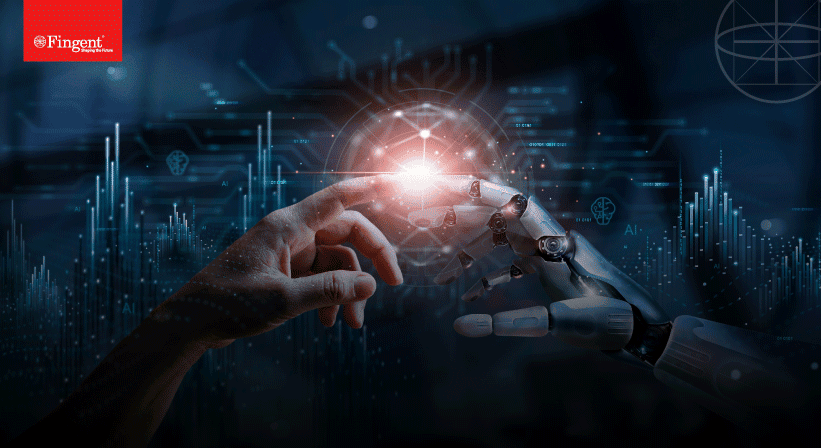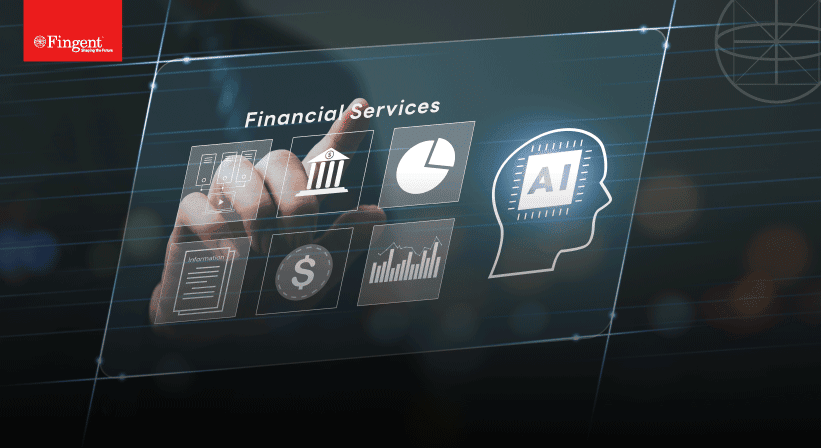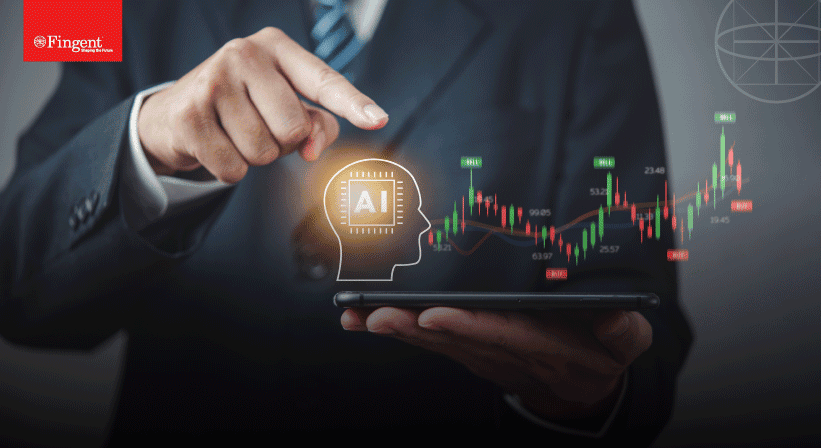Machine Learning Vs Deep Learning: Statistical Models That Redefine Business
Key Differences Between Machine Learning And Deep Learning Algorithms
Artificial Intelligence is on the rise in this digital era. According to IDC’s latest market report, global investment of businesses in AI and cognitive systems is increasing and will mount to $57.6 billion by the year 2021.
Artificial Intelligence holds a high-scope in implementing intelligent machines to perform redundant and time-consuming tasks without frequent human intervention. AI’s capability to impart a cognitive ability in machines has 3 different levels, namely, Active AI, General AI, and Narrow AI. Artificially intelligent systems use pattern matching to make critical decisions for businesses.
Related Reading: Know the different types of Artificial Intelligence.
Categories Of Artificial Intelligence
Machine learning and Deep learning are 2 categories of AI used for statistical modeling of data. The paradigms for the 2 models vary from each other. Let us walk through the key differences between the two:
-
Machine Learning: Process Involved
Machine learning is a tool or a statistical learning method by which various patterns in data are analyzed and identified. In machine learning, each instance in a data set is characterized by a set of attributes. Here, the computer or the machine is trained to perform automated tasks with minimal human intervention.
To train a model in a machine learning process, a classifier is used. The classifier makes use of characteristics of an object to identify the class it belongs to. For instance, if an object is a car, the classifier is trained to identify its class by feeding it with input data and by assigning a label to the data. This is called Supervised Learning.
To train a machine with an algorithm, the following are the standard steps involved:
- Data collection
- Training the Classifier
- Analyze Predictions
While gathering data, it is critical to choose the right set of data. This is because it is the data that decides the success or failure of the algorithm. This data that is chosen to train the algorithm is called feature. This training data is then used to classify the object type. The next step involves choosing an algorithm for training the model. Once the model is trained, it is used to predict the class it belongs to.
For instance, when an image of a car is given to a human, he can identify it belongs to the class vehicle. But a machine requires to be trained via an algorithm to predict that it is a car through its previous knowledge.
Various machine learning algorithms include Decision trees, Random forest, Gaussian mixture model, Naive Bayes, Linear regression, Logistic regression, and so on.
Machine Learning- Deciphering the most Disruptive Innovation : INFOGRAPHIC
-
Deep Learning: Process Involved
Deep learning can be defined as a subcategory of machine learning. Inspired by ANN (Artificial Neural Networks), deep learning is all about various ways in which machine learning can be executed. Deep learning is performed through a neural network, which is an architecture having its layers, one stacked on top of the other.
A neural network has an input layer that can be pixels of an image or even data of a particular time series. The next layer comprises of a hidden layer that is commonly known as weights and learns while the neural network is trained. The final layer or the third layer is that predicts the result based on the input fed into the network.
The neural network thus makes use of a mathematical algorithm to predict the weights of the neurons. Additionally, it provides an output close to the most accurate value.
Automate Feature Extraction is a way in which process performed to find a relevant set of features. It is performed by combining an existing set of features using algorithms such as PCA, T-SNE, etc. For instance, to extract features manually from an image while processing it, the practitioner requires to identify features on the image such as nose, lips, eyes, etc. These extracted features are fed into the classification model.
The process of feature extraction is performed automatically by the Feature Extraction process in Deep Learning by identifying matches.
Related Reading: AI and ML are revolutionizing software development. Here’s how!
Key Differences Between Machine Learning And Deep Learning Algorithms
Though both Machine Learning and Deep Learning are statistical modeling techniques under Artificial Intelligence, each has its own set of real-life use cases to depict how one is different from the other. Let us walk through the major differences between the modeling techniques.
1. Data Dependencies
Machine learning algorithms are employed mostly when it comes to small data sets. Even though both machine learning and deep learning can handle massive amounts of data sets, deep learning employs a deep neural network on the data as they are ‘data-hungry’. The more data there is, the more will be the number of layers, that is the network depth. This increases the computation as well and thus employs deep learning for better performance when the data set sizes are huge.
2. Interpretability
Interpretability in Machine Learning refers to the degree to which a human can understand and relate to the reason and rationale behind a specific model’s output. The major objective of Interpretability in machine learning is to provide accountability to model predictions.
Certain algorithms under machine learning are easily interpretable, such as the Logistic and Decision Tree algorithms. On the other hand, Naive Bayes, SVM, XGBoost algorithms are difficult to interpret.
Interpretability for deep learning algorithms can be referred to as difficult to nearly impossible. If it is possible to reason about similar instances, such as in the case of Decision Trees, the algorithm is interpretable. For instance, the k-Nearest Neighbors is a machine learning algorithm that has high interpretability.
3. Feature Extraction
When it comes to extracting meaningful features from raw data, deep learning algorithms are the most suitable method. Deep learning does not depend on binary patterns or a histogram of gradients, etc., but it extracts hierarchically in a layer-wise manner.
Machine learning algorithms, on the other hand, depend on handcrafted features as inputs to extract features.
4. Training And Inference/ Execution Time
Machine learning algorithms can train very fast as compared to deep learning algorithms. It takes a few minutes to a couple of hours to train. On the other hand, deep learning algorithms deploy neural networks and consumes a lot of inference time as it passes through a multitude of layers.
5. Industry-Readiness
Machine learning algorithms can be decoded easily. Deep learning algorithms, on the other hand, are a black box. Machine learning algorithms such as linear regression and decision trees are made use of in banks and other financial organizations for predicting stocks etc.
Deep learning algorithms are not fully reliable when it comes to deploying them in industries.
Both machine learning and deep learning algorithms are used by businesses to generate more revenue. To know more about how your business can benefit from artificially intelligent systems and which algorithms can be leveraged for a positive business outcome, call our strategists right away!
Stay up to date on what's new

Recommended Posts

03 Jul 2024 Financial Services
AI in Business: Preparing Leaders For The Revolution
AI in Business is a present reality! It’s a building revolution that is all-encompassing and is redefining business operations. You have only two options. Either ride on the crest of……

20 Jun 2024 Healthcare B2B
AI in Healthcare: Enhancing Patient Outcomes and Experience
Artificial Intelligence is a multi-talented assistant and has proven its worth in the healthcare industry. Healthcare organizations have found innumerable ways to use AI, from record maintenance to patient assistance.……

08 May 2024 Financial Services B2B
AI in Financial Services: Use Cases and Applications
Achieving perfection is no easy process. It is not impossible either. It takes a lot of effort and hard work but with the help of Artificial Intelligence, this process can……

24 Apr 2024 B2B
A Leader’s Blueprint for AI Success
How are Businesses Using AI? The verdict is crystal clear—leaders today must embrace AI solutions to stay ahead of the curve and survive in the rapidly evolving business landscape. AI……
Featured Blogs
Stay up to date on
what's new




















































